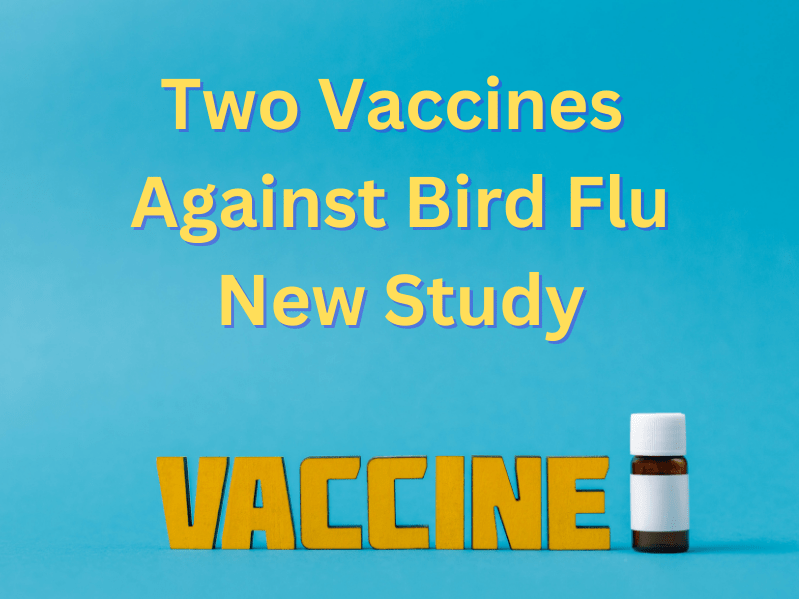In the Netherlands, two of four vaccines tested for efficacy against highly pathogenic avian influenza (HPAI) type H5N1 were found to be effective in the laboratory.
The vaccine research was carried out at Wageningen Bio veterinary Research, which is part of Wageningen University & Research.
“The so-called HVT-H5 vaccines offer protection against disease symptoms in laying hens and prevent virus spread,” said Nancy Beerens, head of the National Reference Laboratory for Avian Influenza.
Three modern vaccines were test in laying hens for the study. They were as follows:
Ceva Sante Animale’s HVT-H5 vaccine
Boehringer Ingelheim Animal Health’s HVT-H5 vaccine
Huvepharma offers a DNA vaccine.
The Nobilis vaccine from Merck Sharp & Dome was also include in the study. This is an older vaccine type currently the only one register in the Netherlands. The Nobilis vaccine’s effectiveness against the current bird flu virus has never been testing.
“The ability to distinguish between animals that have been vaccinating and animals that produce antibodies due to a bird flu infection is an important selection criterion for the candidate vaccines,” said Beerens. “This distinction can be made with the three modern vaccines.”
The vaccines chosen are either already on the market in other countries or are in the final stages of development. However, it has not been test whether these vaccines are effective in preventing disease after infection with the current HPAI H5N1 virus found in Europe or in preventing the virus from spreading between laying hens.
Each vaccine was given to ten laying hens in the study. Five chickens were then infect with the bird flu virus. These were combined with the five chickens that were not infected. The purpose of this study was to see if the virus could spread from infected chickens to uninfected chickens.
Both HVT-H5 vaccines are 100% effective in preventing disease and mortality following HPAI H5N1 virus infection. In contrast, the disease was observe with the other two vaccines. According to the findings, both HVT-H5 vaccines prevent virus transmission between chickens. The calculated reproduction ratio (R-value) for both of these vaccines was significantly lower than 1. Furthermore, both vaccinated groups’ reproduction ratios differed significantly from the control group.
“Our findings show that both HVT-H5 vaccines are effective in the laboratory, preventing both disease and virus spread.” These vaccines adhere to the DIVA principle and, as a result, are promising candidates for further clinical research,” said Beerens.
The study’s findings cannot be extrapolated to the field. “It is critical to investigate whether the vaccines work well in poultry farms under field conditions, how long the vaccines protect, and whether one vaccination is sufficient.” This summer, a field study will begin.
Furthermore, the vaccines must still be register. “There are still some obstacles to overcome,” said Beerens, “but the results of our research are an important first step towards vaccination against the bird flu virus in poultry.”
